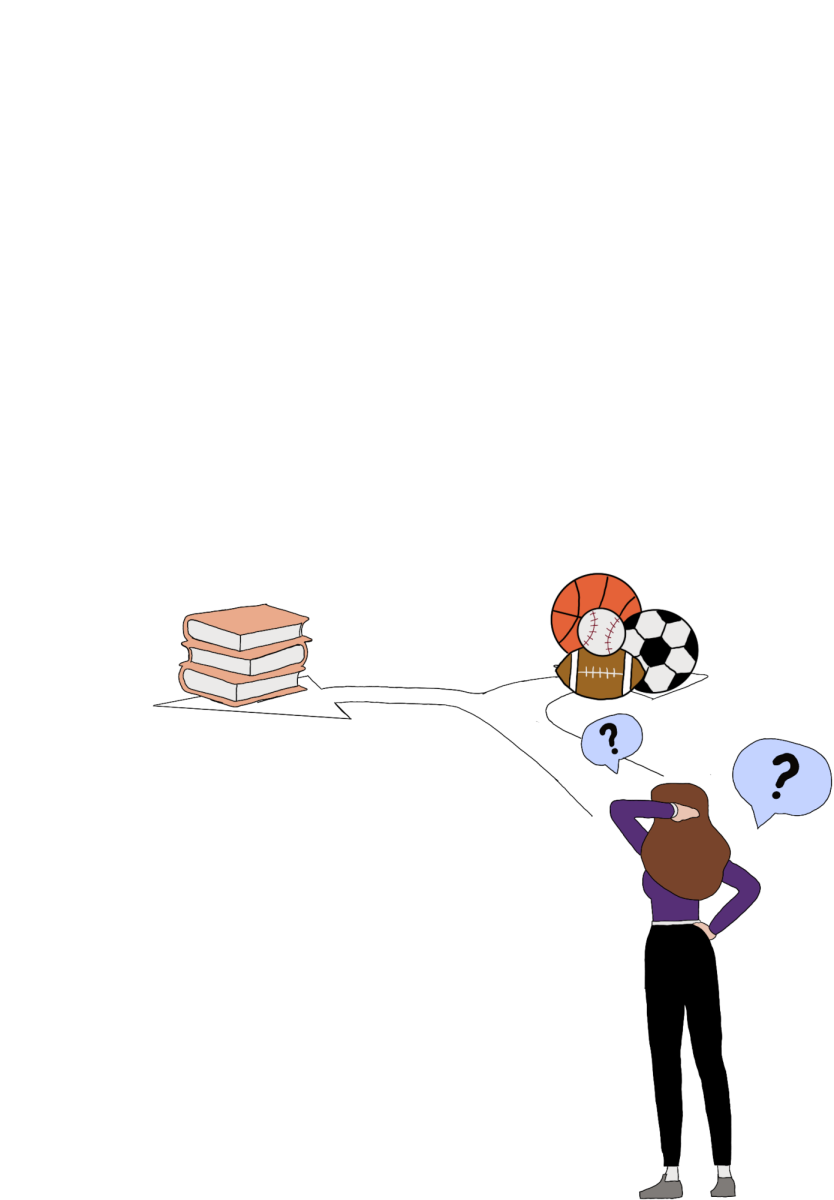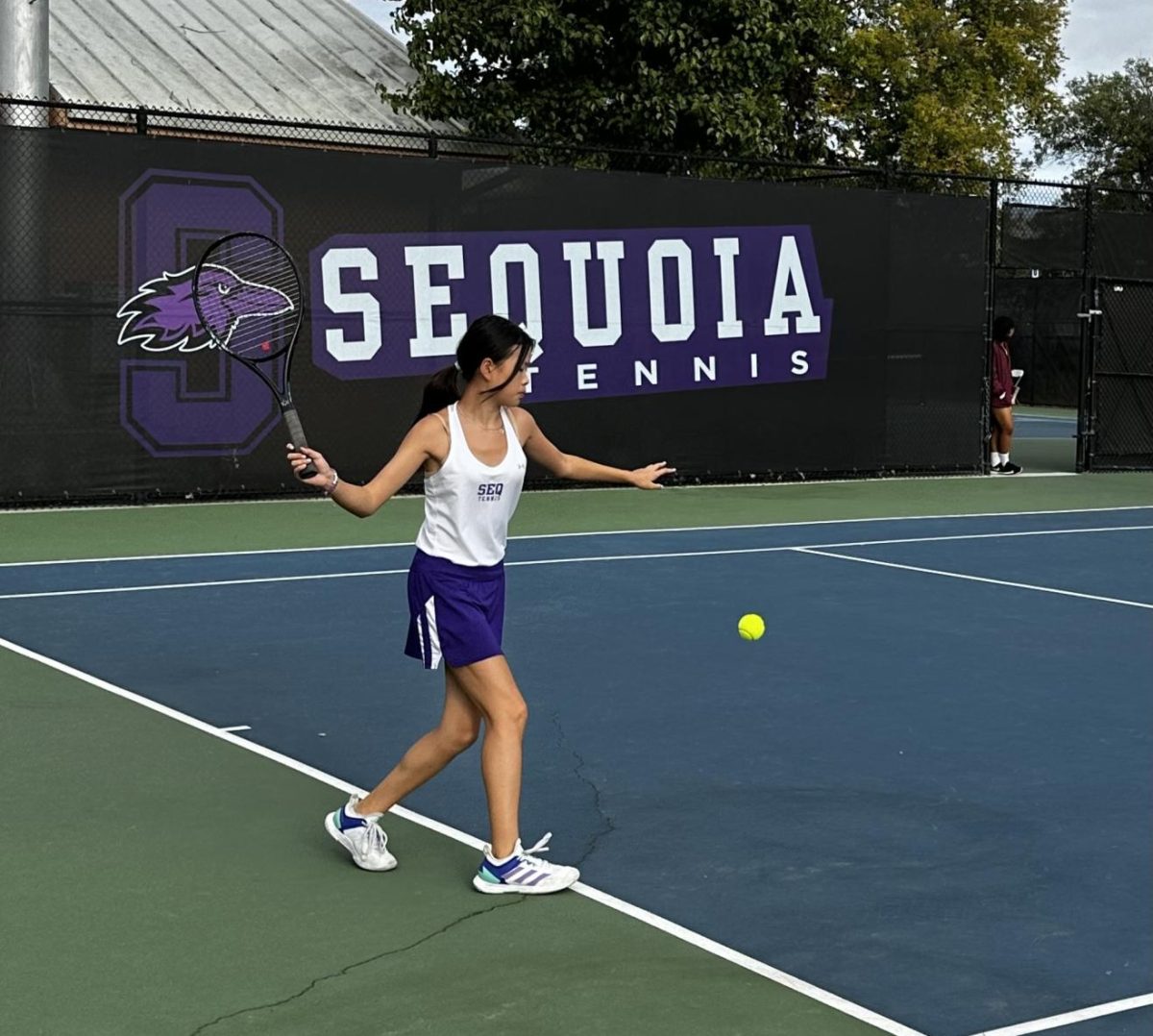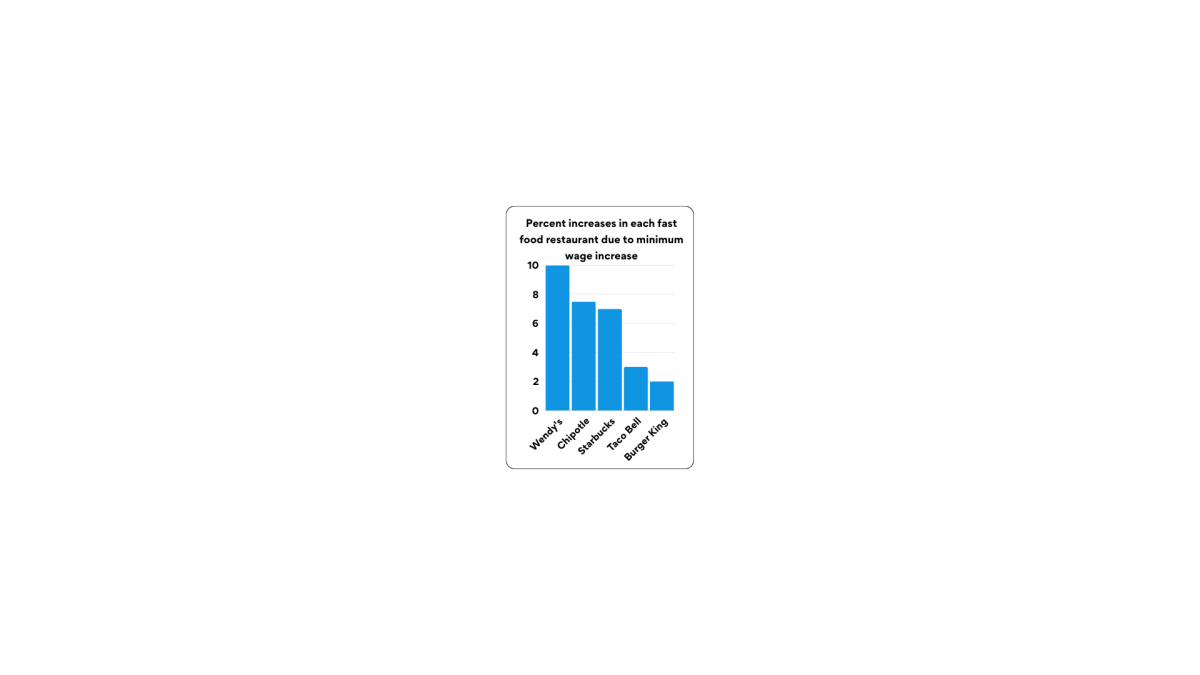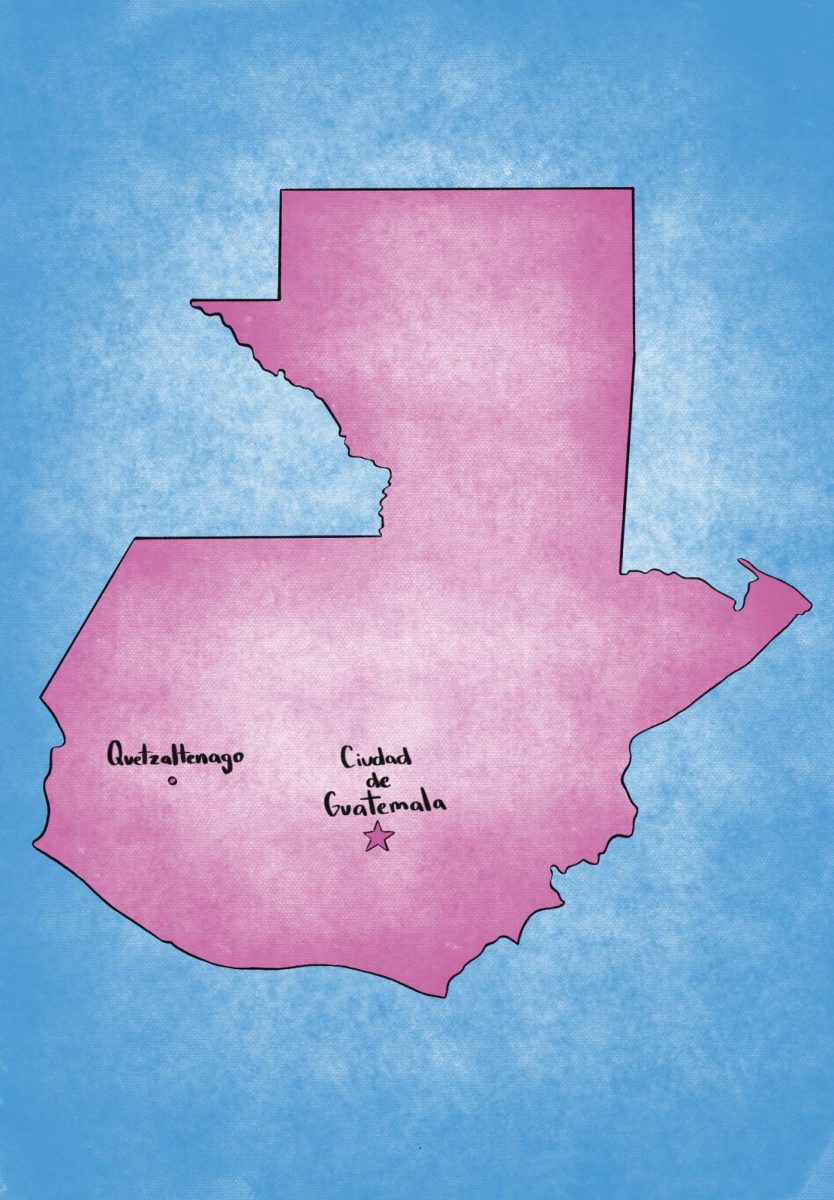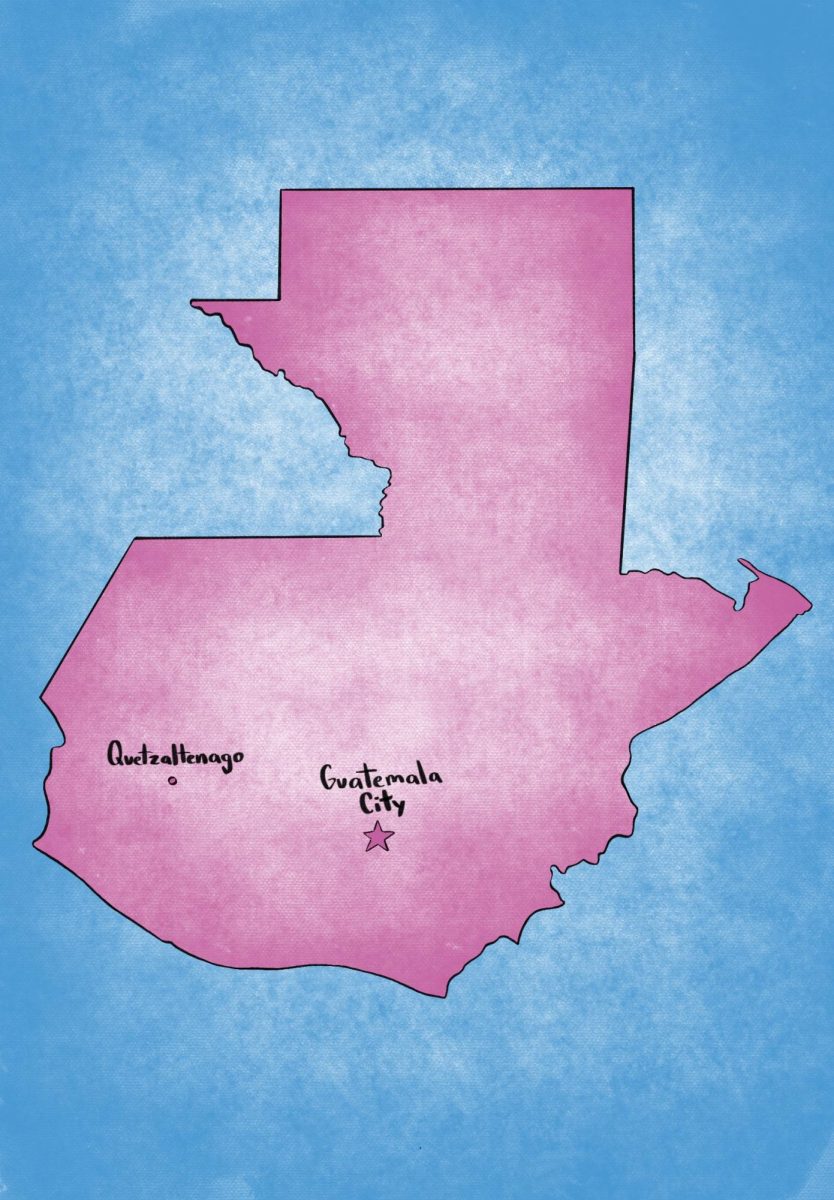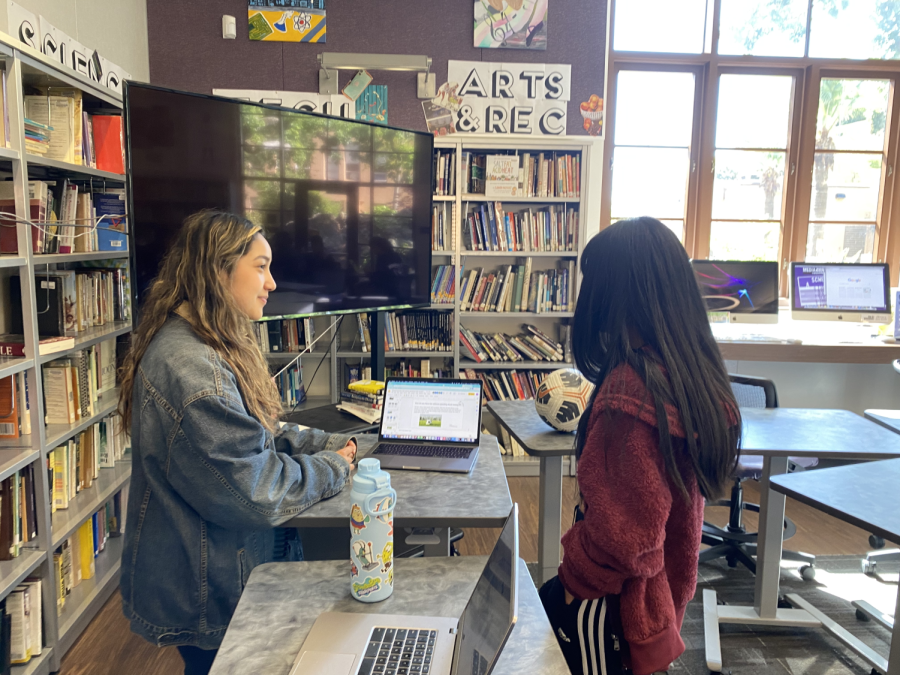New electives, math courses unveiled for next school year
March 8, 2019
Elective offerings are broadening next school year, giving students an even greater opportunity to explore their passions, whether in the areas of child development, learning about leadership through athletics, or something else.
Three new electives will be added next year―another Digital Photo 2 class (CTE Digital Photo and Design), CTE Child Development: Prenatal through Early Adolescence, and Sports Leadership―in addition to P.E. Conditioning, a P.E. 2 class emphasizing yoga and mental relaxation.
Furthermore, Sequoia will adopt new IB math curriculum, replacing Pre-Calculus and IB/AP Calculus with two SL and HL classes, to better prepare students for math in college and beyond.
“The new courses give students more opportunity to take a class that they’re interested in,” Head Guidance Counselor Melissa Perez said. “There’s more variety to what we offer, meaning students get more exposure to a range of topics.”
Students are currently in the process of selecting core subject classes and electives for next year. These new electives give students more options, which, in some cases, makes it harder to choose classes.
“Sometimes students have a hard time deciding which elective to take,” Perez said. “[Guidance counselors] dig in and give information on a variety of courses. We try to suggest classes that students are most interested in, based on their interests and personal hobbies.”
In most cases, the process of creating new electives begins with teacher interest. As teachers propose new courses, the administration considers whether there will be sufficient student interest. If so, plans for curriculum are made and the Guidance Office begins to market the class to the school and recruit students into the classes for next year.
CTE Child Development: Prenatal through Early Adolescence
Recognizing the need to cultivate students’ interest in education and psychology earlier rather than later, English teacher Nichole Vaughan began writing curriculum last year for a course focused on child development.
With the help of a grant from the Sequoia Union High School District, Vaughan’s curriculum will be implemented in a new elective she will teach next year, Child Development: Prenatal through Early Adolescence.
“When people hear ‘Child Development,’ I think that they think of little kids, but there is so much more than that,” Vaughan said. “Students [will] learn about the way children learn in their communities and understand all the marketable skills that are cultivated and practiced through teaching.”
Vaughan emphasizes that much of the class will allow students to apply the lessons they’ve learned in class to how they view their own lives and educational experience.
“I’m looking forward to students being able to actively look at themselves, their families, and the communities they live in through the lens of this class,” Vaughan said.
Vaughan and other teachers who have evaluated and analyzed her curriculum are working with local community colleges to allow the course to count for college credit, potentially saving students time and money after high school.
“It would be a super cool experience to take something that’s not just a mainstream class [in high school],” said senior Ana Elena Smith, who plans to study child development or child psychology in college. “With the [availability] of these cool electives that you can choose from, kids can branch out and dabble in new things and get a taste of college.”
The class, which is the first year of a two-year course open to 10th-12th graders, will include curriculum on different theories of development that influence individuals, reflection time for students to apply those theories to their own lives, and projects involving anatomy and biology.
Vaughan also has plans to take trips to observe children at school sites and have students interview professionals in education.
“I think the class can create a great amount of reflection and action,” Vaughan said. “As I’ve been planning, I feel myself get excited over the things that we [will be] learning, and I hope that it translates into the classroom.”
Sports Leadership
Students enrolled in the new Sports Leadership class will have the chance to take a deeper look at a wide range of topics within athletics, from learning about sports writing to promoting athletics at Sequoia.
“We’ll do units on sports marketing, sports writing, coaching, and sports management,” said Athletics Director Melissa Schmidt, who will teach the class next year. “Students will also take over running the athletics website and Instagram page, and help with recognition of athletes and teams.”
Schmidt, who got the idea from other schools in the district who offer a similar elective, says she is open to expanding the curriculum based on what students are interested in learning more about. She has spoken to some sports teams and provided information to coaches about the class, but emphasizes that all students are welcome to join the class, not just those that are highly involved in athletics.
“I’m really excited to provide an opportunity for students who want to be a bigger part of the athletics program,” Schmidt said. “I think this class will appeal to a wide variety of students: kids in sports who want to help raise the level of the program, as well as kids who are interested in careers in athletics, but who may not play a sport at Sequoia.”
CTE Digital Photo and Design
From learning advanced digital single-lens reflex (DSLR) camera techniques to setting up a photography show in the community, Digital Photo and Design will give students the opportunity to study and gain experience in the photography industry.
“It’s a chance for [students] to learn the business aspects of photography―how to have shows, advertise their work, and design a website―while still being creative,” Digital Photography teacher Kate Sheehan said.
Sheehan, who plans to teach the class next year, says the district promotes Career Technical Education (CTE) courses like this one, because they provide students with pathways to future careers. She found that some of her current students have decided to pursue photography after high school, both as a hobby and as a career.
“Photography is a hard business, with a lot of trial and error,” said senior Chris Saravia, who is enrolled in Digital Photography II this year. Saravia plans to continue digital photography in college. “To focus on the business side of things would be [beneficial] and help people out in the future.”
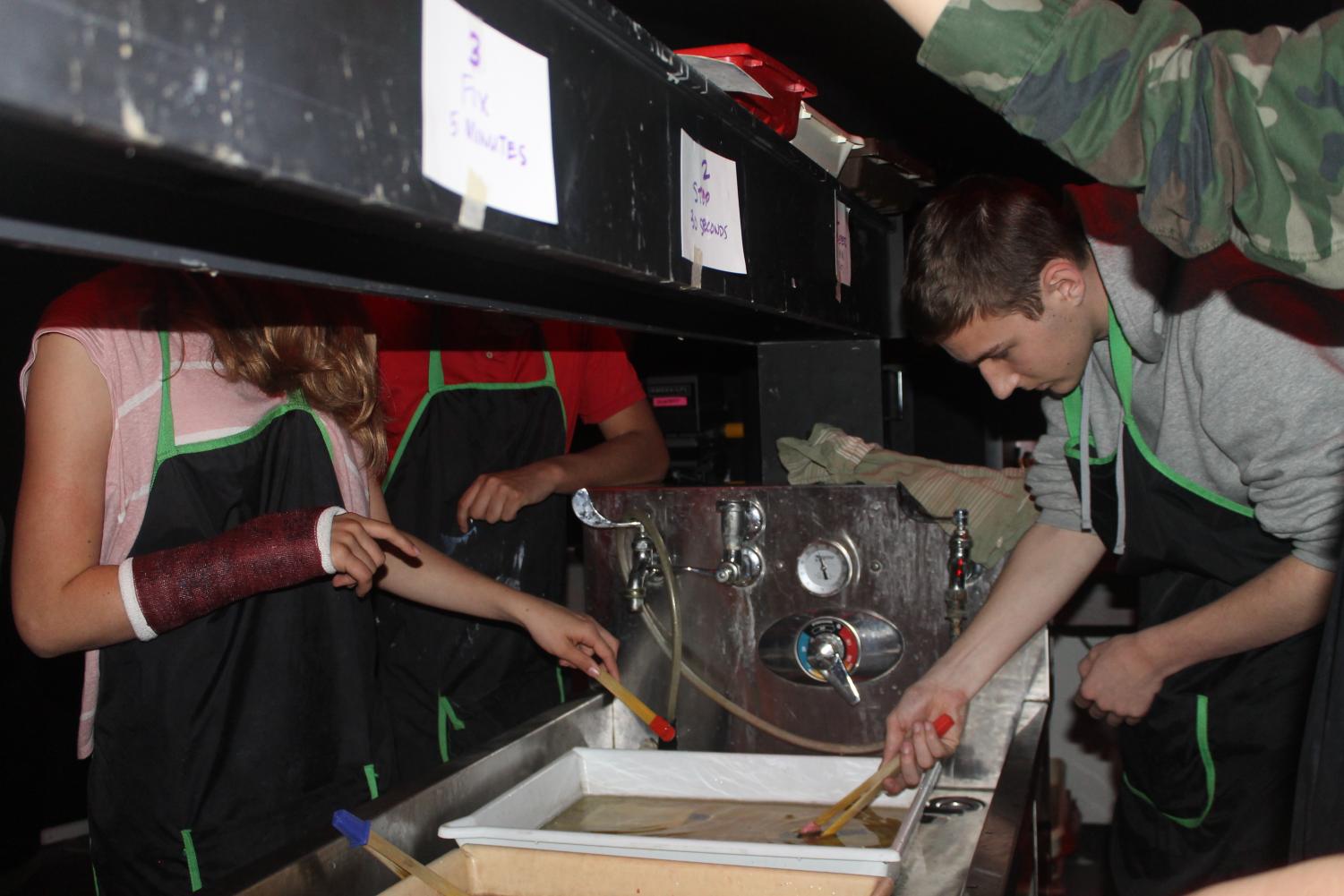
Students use tongs to move pictures in the darkroom in Digital Photography I. The new Digital Photo and Design class offers students the chance to learn more about the photography industry.
In contrast to the Digital Photography II class, which emphasizes fine arts photography curriculum, CTE Digital Photo and Design will focus on both the studio and business aspects of photography, an industry that has grown 1.6 percent in the past six years, according to the industry research company IBISWorld.
The class will be open to 10th-12th graders next year who have completed Digital Photography I.
When asked what she is most looking forward to about the new course, Sheehan brings up the real-world experience in the photography industry that she believes will help students grow most.
“It gets kids to learn how to promote themselves,” Sheehan said. “It challenges them in a way that they can directly select and be successful in.”
P.E. Conditioning
For students considering taking a second year of P.E., Jennifer DeRego’s new P.E. Conditioning class will provide students with another opportunity to be athletic. The class, offered to 10th-12th graders beginning next year, will emphasize yoga and mental relaxation techniques.
“It’s a chance for students to deal with mental stress,” said DeRego, who began teaching P.E. 1 at Sequoia this year. “And it gives students an additional option to be athletic, for kids who dislike team sports, or running, or [purely] physical stuff.”
Prior to coming to Sequoia, DeRego also worked as an assistant cross country and distance track coach at UCLA and taught at Heritage High School in Brentwood. While teaching there, she developed a similar P.E. Yoga class that she taught for seven years.
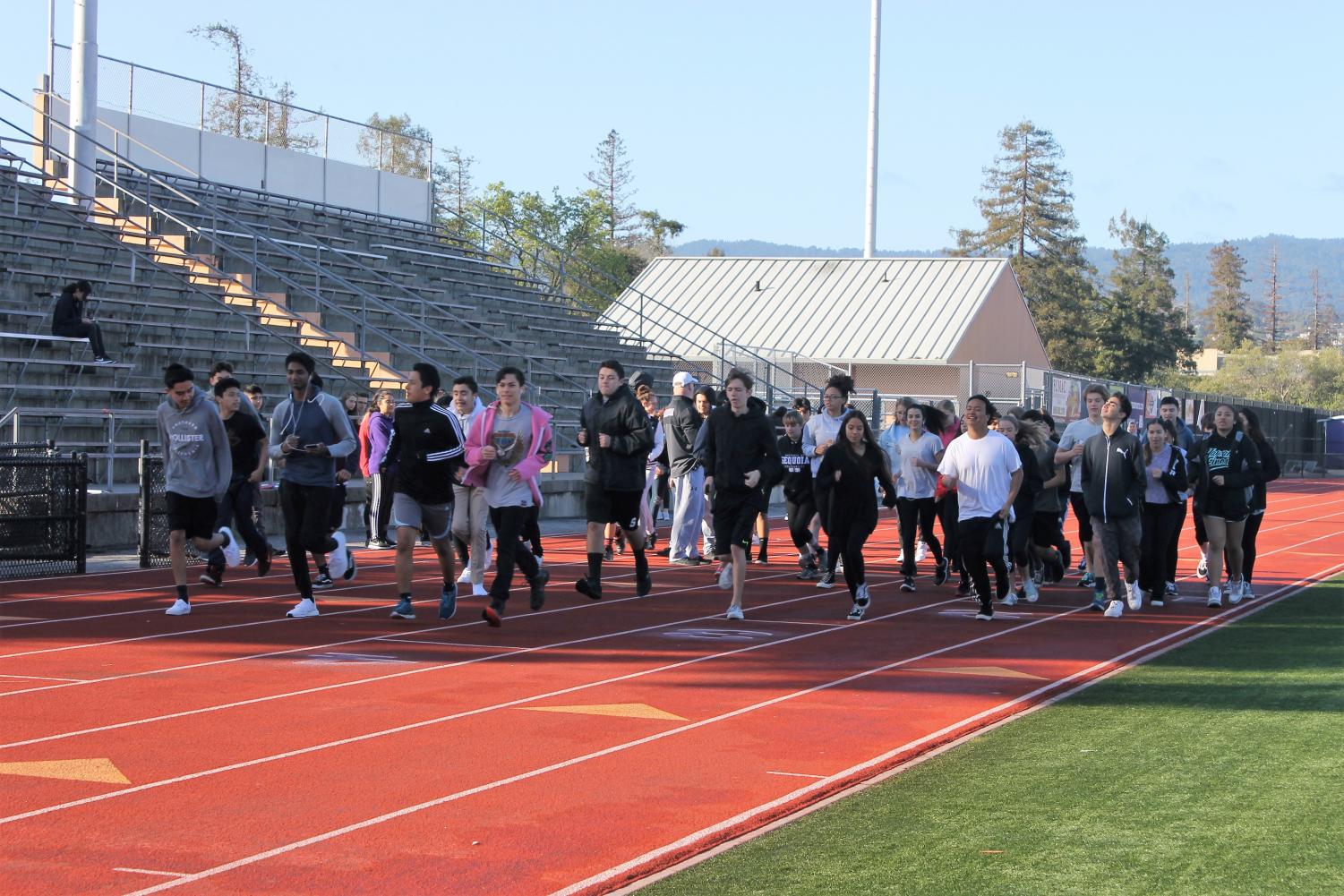
Students in P.E. 1 and P.E. 2 start the first lap of their timed mile run. Beginning next year, 10th-12th graders will have the opportunity to enroll in P.E. Conditioning, a class focused on yoga techniques.
“I found a lot of students were saying, ‘I never realized how stressed I was,’” DeRego said. “I saw a lot of kids really growing physically and mentally, and that helped them grow socially and academically.”
DeRego plans to start class with a short period of what she calls “mental relaxation,” followed by a yoga lesson in one of the specific styles of the ancient Indian practice. Finally, each workout will finish with the Shavasana pose, a practice in which one lies on their back, closing their eyes, with their arms stretched outwards, to rejuvenate students’ minds and bodies.
DeRego, a regular yoga practitioner herself, advises that all students, both beginners and those experienced in yoga, sign up for the class next year.
“Yoga [helps] students feel more confident,” she said. “It’s fun, not competitive. It’s all individual. Really, yoga is just helping people [succeed] where they already are.”
New IB Math Pathways: IB Analysis and Approaches and IB Applications and Interpretations
Sequoia is restructuring its higher-level math course pathways based on changes from the International Baccalaureate (IB) organization. Beginning next year, Pre-Calculus and AP/IB Calculus will be converted into two pathways, IB Analysis and Approaches (“IB Analysis”) and IB Applications and Interpretations (“IB Applications”).
“The IB organization has all of their courses on a 7-year curriculum review process,” IB Coordinator Lisa McCahon said. “[Regarding math], the organization wanted to address the current needs of this economy, and what kind of mathematical skills are needed, so they revamped the curriculum to incorporate that.”
The two pathways will both be offered at 1-year (SL) and 2-year (HL) levels and be offered to all students after completion of Algebra 2/Trigonometry. After IB HL Analysis, students will be able to continue onto AP Statistics, AP Calculus BC, or the rotating college math courses taught by Dr. Terri Bittner. IB SL Applications is only offered to 11th and 12th graders. Current students enrolled in Pre-Calculus or higher will continue on the old pathway for one more year.
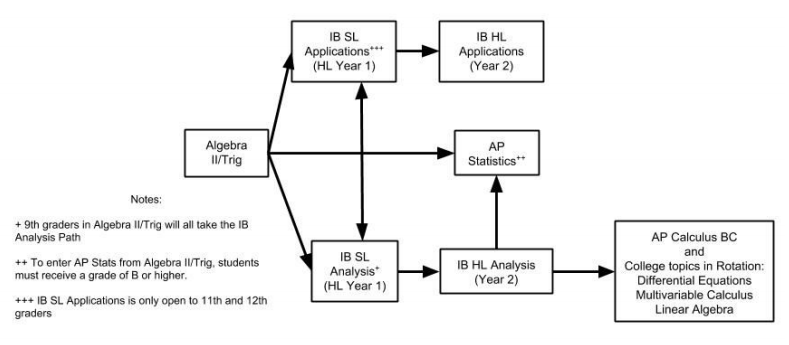
After completing Algebra 2/Trigonometry, students can choose between two new IB classes and AP Statistics.
“The Analysis pathway is geared toward students who have an interest in pursuing a STEM field. It’s for students who are curious about, or love learning, theoretical math. There are real-world applications, but the class has an emphasis on calculus,” McCahon said. “The IB Applications class has a greater emphasis on statistics, modeling, and using technology. It’s for the student who is interested in pursuing a non-STEM field, who is interested in focusing on the real-world applications of math.”
With the new classes, students will not only be able to choose a class based on the content that interests them, but also which course prepares them best for their possible college majors and career fields.
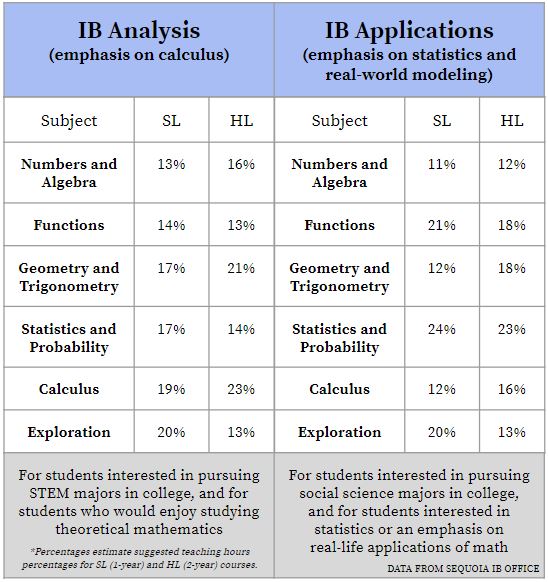
The IB office and math department have carefully worked out which classes students can take next year. Even the timing of when students will be best prepared to take AP Calculus and Statistics exams―after taking IB HL Analysis or IB HL Applications, respectively―has been evaluated, says McCahon.
“We know that it’s still important for students to take AP exams,” McCahon said. “The math department, in collaboration with the Instructional Vice Principal and IB, have figured out where all students are going to go, so they get served and properly prepared.”
Some students expressed concerns that with the new changes, the title of the math course they would be taking wouldn’t be universally recognized, compared to former titles like “Pre-Calculus” and “AP/IB Calculus.”
Although McCahon understands their uneasiness, she assures students that universities will still be aware of what skills are being taught in the IB math classes, regardless of their course title.
“Colleges, they review the content, the syllabus of the courses, of IB and AP classes, because they determine for their own department how a certain course will articulate into their campus,” McCahon said. “They decide, for a class, whether they will give college credit. And if yes, what [students] would have to score to receive credit. In essence, it doesn’t matter what it’s called.”
The new changes also affect teachers who will need to be taught the new curriculum. Teachers in feeder math courses, including Algebra 1, Geometry, and Algebra 2/Trigonometry, will be included in the training, so that they know what topics students need to learn to be best prepared for the IB courses.
“It’s good that teachers come together, because it forces us as a school to continuously train our teachers and have professional development,” McCahon said.
To educate parents and students on the new changes, the IB office has drafted documents illustrating the math pathways and answering frequently asked questions. The documents, along with a webinar revealing how universities view the new changes, are available on the IB Program page of Sequoia’s website.
Despite the potentially disruptive changes, McCahon assures students that the administration, math department, and IB office has worked to figure out how the new courses will fit into Sequoia’s math program best.
“We recognize that change is hard for everyone. Although it seems disruptive, it’s a really beautiful thing that we have curriculum that is forever changing itself, and making sure it’s relevant in the current world,” McCahon said. “We want students to leave Sequoia with skills that are required in college and this economy, and those skills are changing, so IB is changing with it.”






